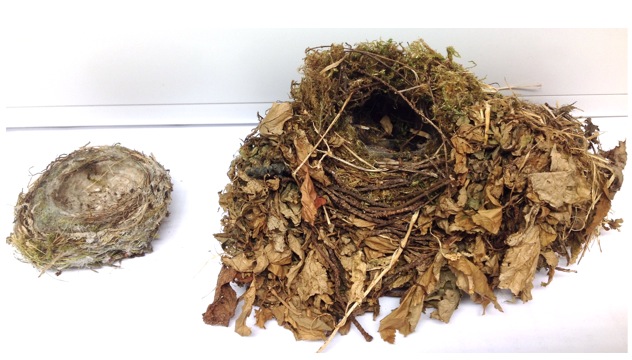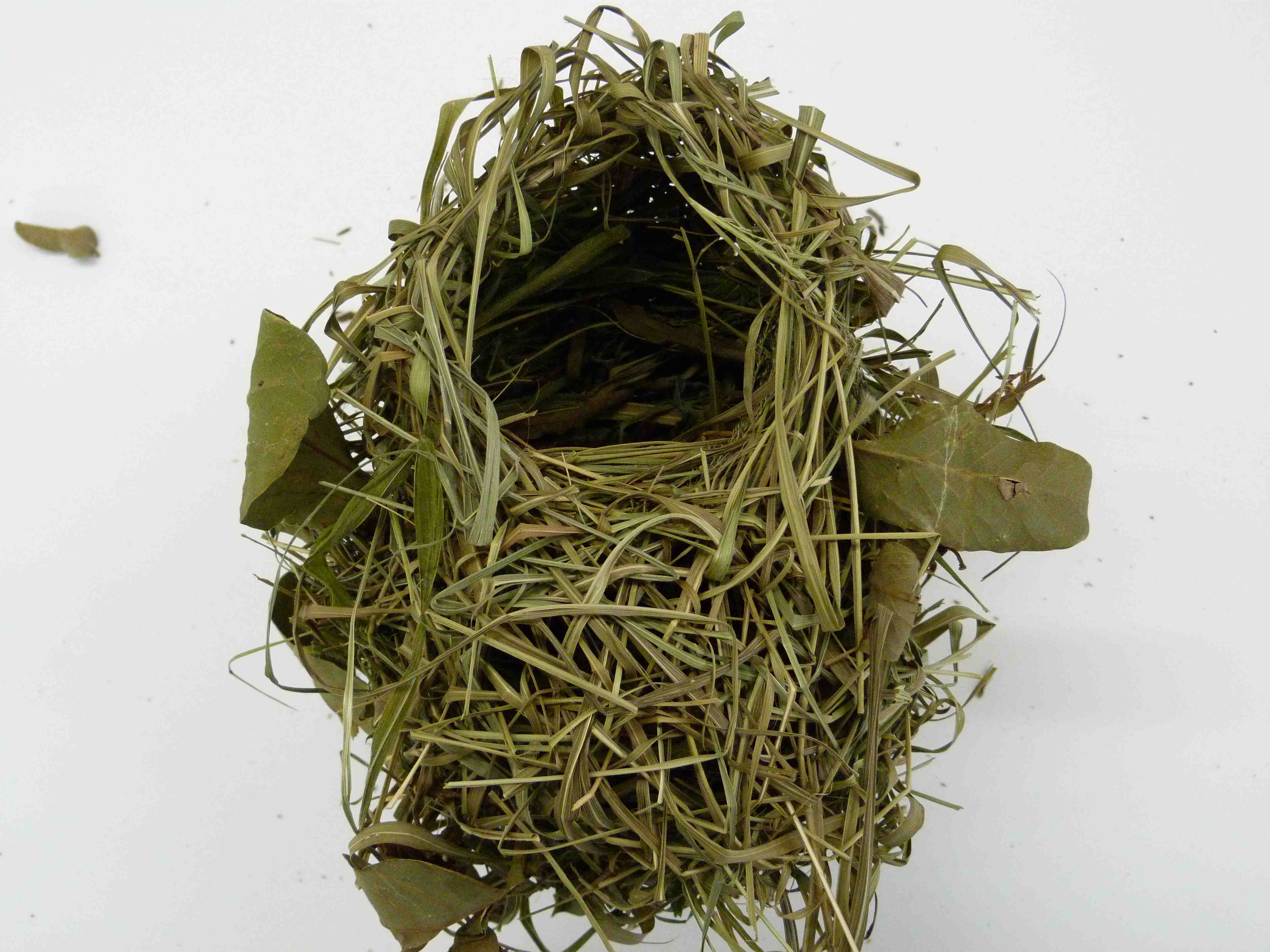| Material structure | Material colour | In the brain | Individuality | Social learning |
Introduction
“It is a somewhat remarkable fact that not withstanding the extreme popularity of the subject of Birds’ Nests, no book has yet been published entirely devoted to these beautiful and curious objects. And yet their study — the science of Caliology — is one of the most fascinating branches of Ornithology, perhaps more intimately connected with those difficult problems and questions relating to the mental attributes of what man in his ignorance is pleased to consider the ” lower animals,” than any other. Indeed, there are many of us who would fain deny the existence of any reasoning faculties whatever in birds, classing their expression in a thousand different ways, all under the vague, meaningless and ridiculous term “Instinct.”
A bird’s nest is the most graphic mirror of a bird’s mind. It is the most palpable example of those reasoning, thinking qualities with which these creatures are unquestionably very highly endowed.
Evidence of this reasoning power confronts the student of Birds’ Nests as he gazes upon each procreant cradle, no matter how crude on the one hand, or how elaborate on the other…”
The role of cognition
Building a nest to hatch its eggs and raise its young in is probably one of the most important things a bird will do in its life time. The choices it makes about what sort of nest to build and what material to build it with will have a significant impact on the success of a nesting attempt. Despite some evidence that some learning is involved in such choices, nest building has historically been assumed to be largely genetically predetermined and inflexible. However, we believe that the ability to learn about which materials work best and refine building techniques would be so advantageous for improving the nest structure and therefore reproductive success, that learning and memory are probably more important to this process than has previously been considered. We are currently investigating the role of learning and memory in material choice and nest construction behaviour in both Weaverbirds and Zebra Finches.



